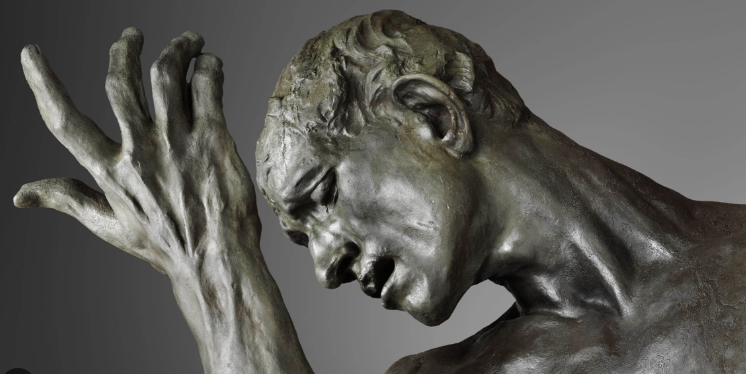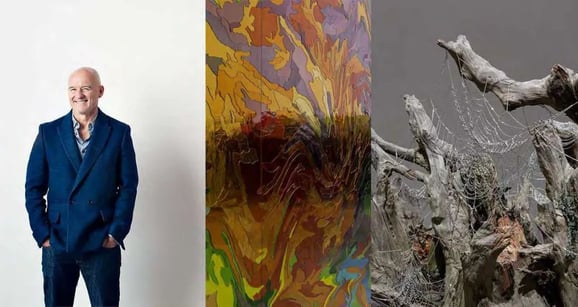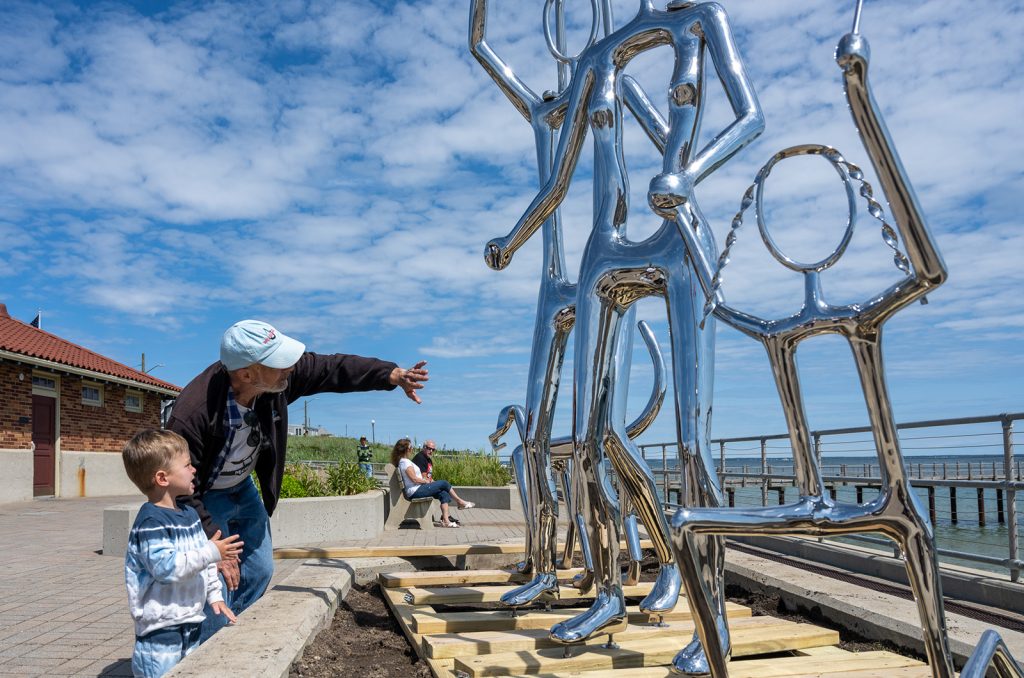The Sculptor of Emotion: Unveiling the Legacy of Auguste Rodin
Auguste Rodin is a name synonymous with revolutionary sculpture, transforming the art world and leaving an indelible mark on future generations. His ability to convey deep emotion through stone and bronze makes his work eternally relevant, prompting us to explore the human experience in all its complexities. If you’re curious about art that transcends mere form, delve into Rodin’s legacy that still resonates today.
Understanding Rodin’s Unique Approach
Rodin’s artistry was distinguished by his innovative techniques and emotional depth. He favored the use of unfinished surfaces, which invited viewers to imagine the completion of his figures. This unfinished quality creates a sense of movement and vitality, allowing the sculpture to breathe and resonate with life. His most famous works, such as “The Thinker” and “The Kiss,” highlight the intricate relationship between emotion and form. These pieces invite the audience to not only view but also engage with the artwork, experiencing the raw human feelings embedded within.
The Role of Nature in Rodin’s Sculpture
Nature played a pivotal role in shaping Rodin’s artistic vision. He often found inspiration in the natural world, observing the human body and its movements in relation to the environment. This connection enabled him to create sculptures that reflect the complexities of life. Rodin’s attention to detail and emphasis on the body’s textures birthed pieces that seem to tell stories of their own. His works challenge us to reconsider our interaction with nature and ourselves, urging us to find beauty in imperfection and emotion in every curve.
Rodin’s Influence on Modern Art
Rodin did more than innovate; he also paved the way for countless artists who followed in his footsteps. His explorations into emotional expression and human form have had a lasting impact on modern sculpture and beyond. Artists like Alberto Giacometti and Henry Moore drew inspiration from Rodin’s techniques and themes, adapting them to their unique visions. Even today, artists continue to experiment with emotional representation in their work, grounding their creations in the principles Rodin championed. His legacy is a powerful reminder of art’s ability to communicate and connect us all.
In closing, Auguste Rodin’s work remains a source of inspiration and exploration for art lovers and creators alike. By bridging the gap between emotion and form, he not only transformed sculpture but also opened the door for future generations to express their own human experiences. If you’re intrigued by his legacy, consider visiting a museum featuring his work or exploring his influence in contemporary art. Dive deeper into the world of sculpture and discover how emotion can be artfully expressed through this timeless medium.


